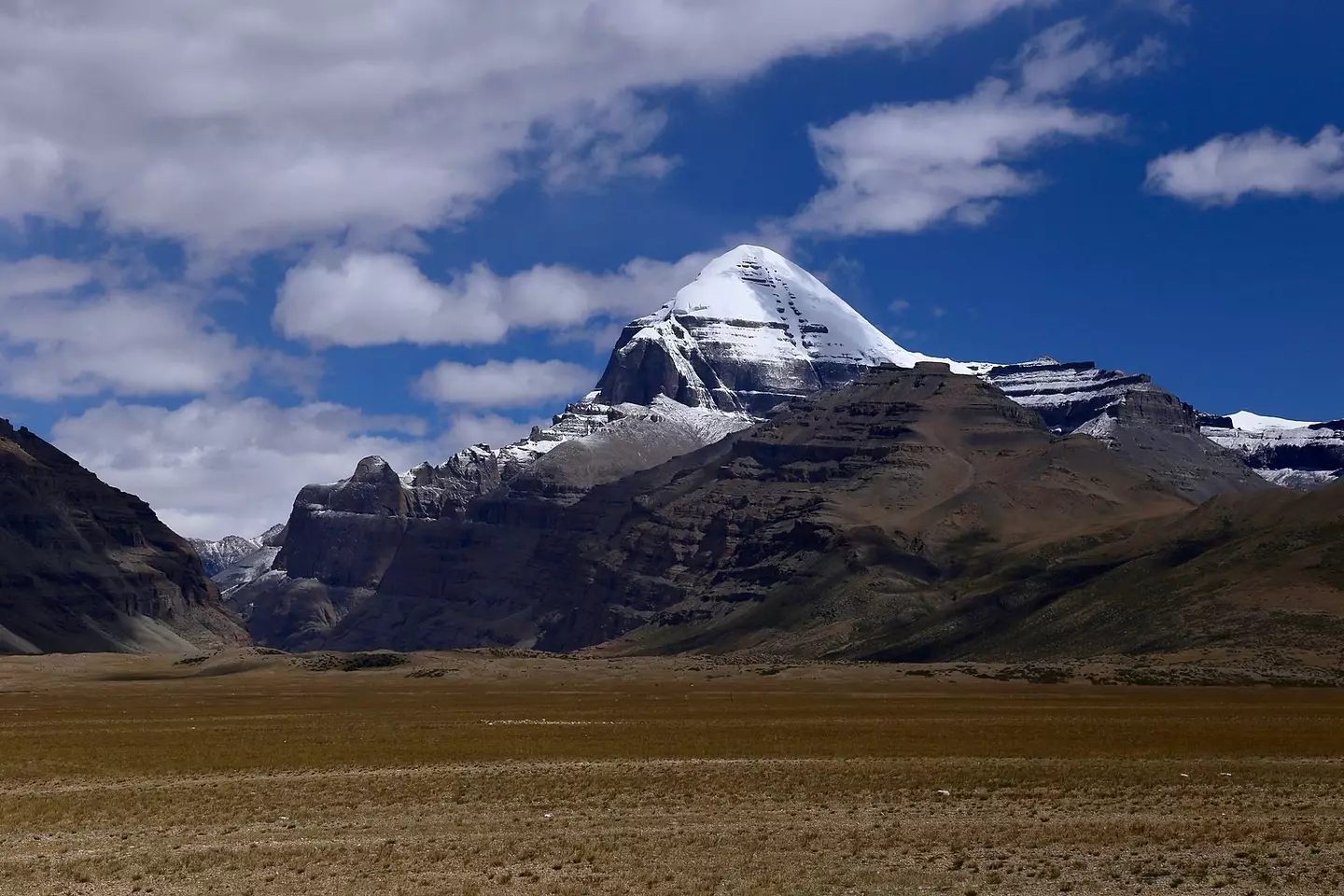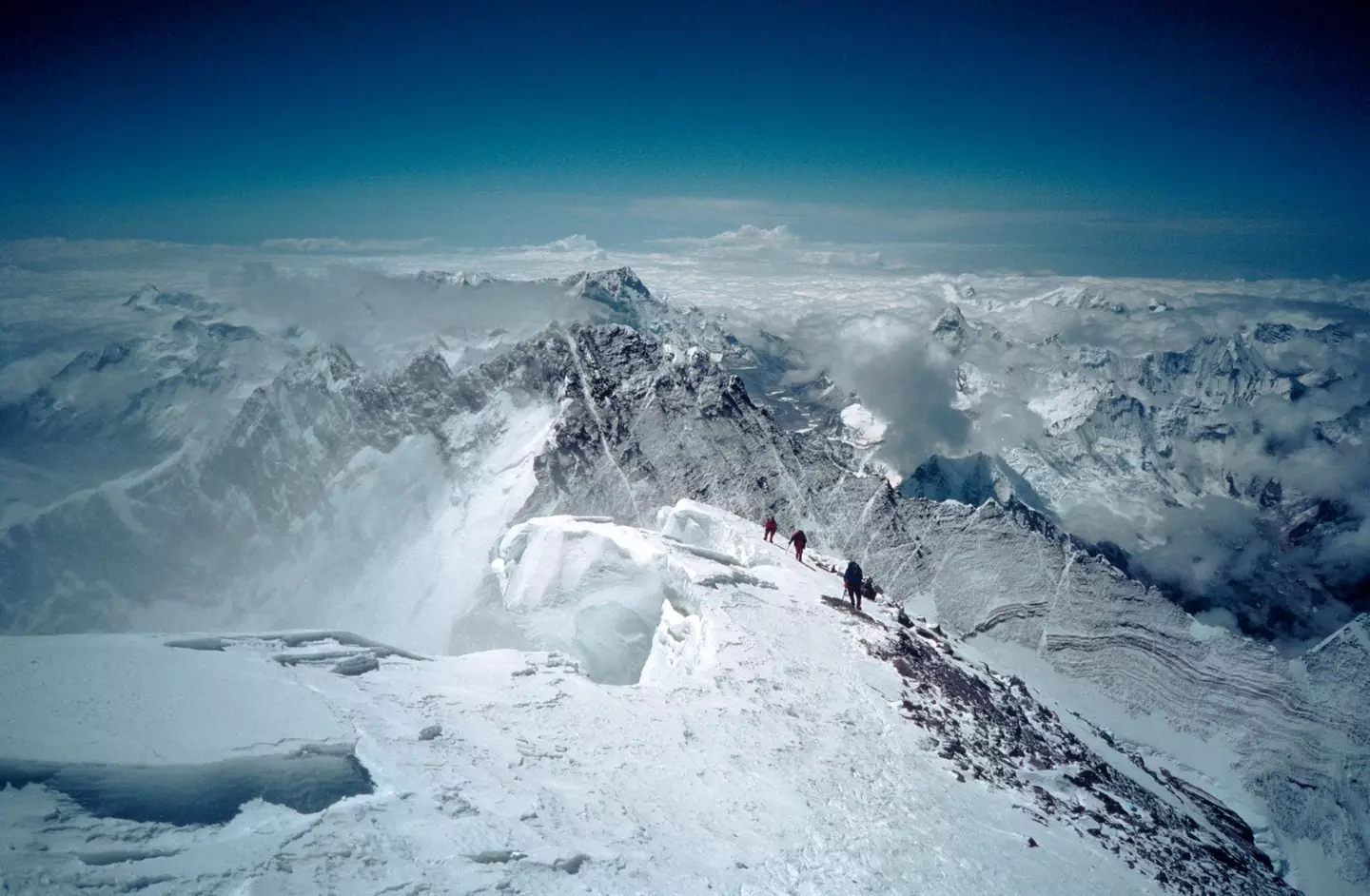
Mountains have been a source of exercise and determination for years now - with people joining dangerous climbing ventures to see who can make it to the top.
And when you think of the most iconic mountains to climb, your mind might instantly go to Mount Everest, Fuji or Kilimanjaro.
But there’s actually a lesser-known mountain that's significantly smaller than Everest - and it still remains untouched.
This mountain is known as ‘kailasa’ in Sanskrit, which roughly translates to mean 'crystal'.
The Tibetan translation, however, is quite otherworldly.
Advert
It means ‘precious jewel of snows’ - thanks to its snowy peaks.
Mount Kailasa resides in the Ngari Prefecture, Tibet Autonomous Region of China, and with an altitude of 6,714 metres (22028 feet), it’s approximately 2,000 metres smaller than Everest.
With such a smaller journey uphill, you might be wondering why nobody has attempted to make the climb.

Advert
The answer is quite simple, it holds a lot of religious significance in a lot of faiths.
For example, Hindus, believe that the mountain is the home of the god Shiva, while Buddhists believe that it is the navel of the universe.
In Hinduism, it is said that Shiva sits in lotus position, engaged in deep meditation within the confines of this mountain.
While in Buddhism, it is home to Demchok, who represents pure bliss.
Advert
So it’s no surprise that the Chinese government went on the ban any public climbing activity on it.
However, there has been a consistent influx of pilgrims hailing from India, Tibet, Nepal, and various other nations who embark on a journey to venerate the mountain.
But nonetheless, it’s not open to the public and pilgrimages are only undertaken on a path around the mountain.

Advert
Asides from its religious significance, it is also physically impossible to travel up the mountain because of it's 'pyramid-like shape' and snowy landscape.
The mountain also has powerful gusts of wind which, along with it's tough weather conditions, can make stability hard to maintain.
But there have been times where people have attempted to climb it.
Hugh Ruttledge, a British mountaineer, began studying the north face of the mountain but was told that it was 'utterly unclimbable' by The British Mountaineering Association.
Advert
However, he'd believed he had figured out a route to the summit, but didn't make it in time before Tibetan winter struck.
The only person who was actually offered an expedition was mountaineer, Reinhold Messner, who was given permission by the government.
But he declined because of the mountain's holy significance, reportedly saying in a letter: "If we conquer this mountain, then we conquer something in people's souls. I would suggest they go and climb something a little harder.
"Kailash is not so high and not so hard.”
